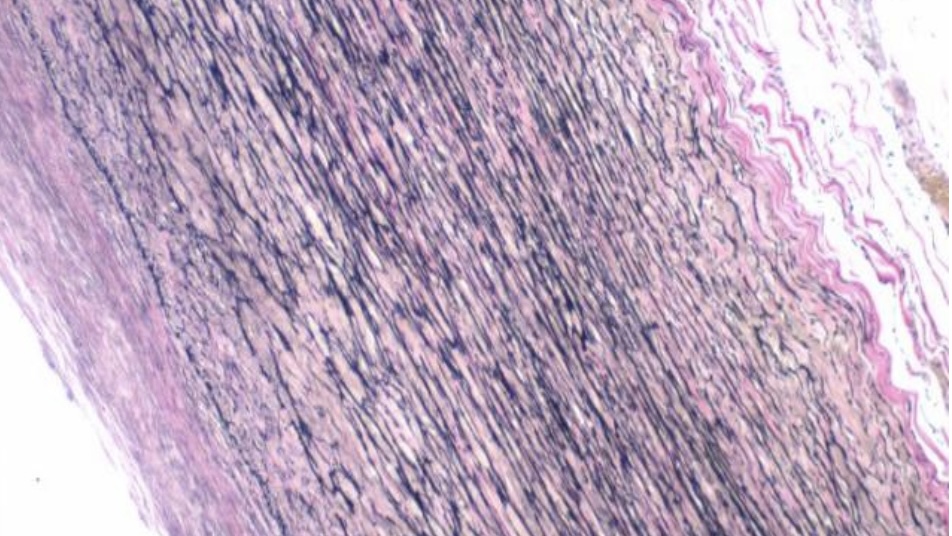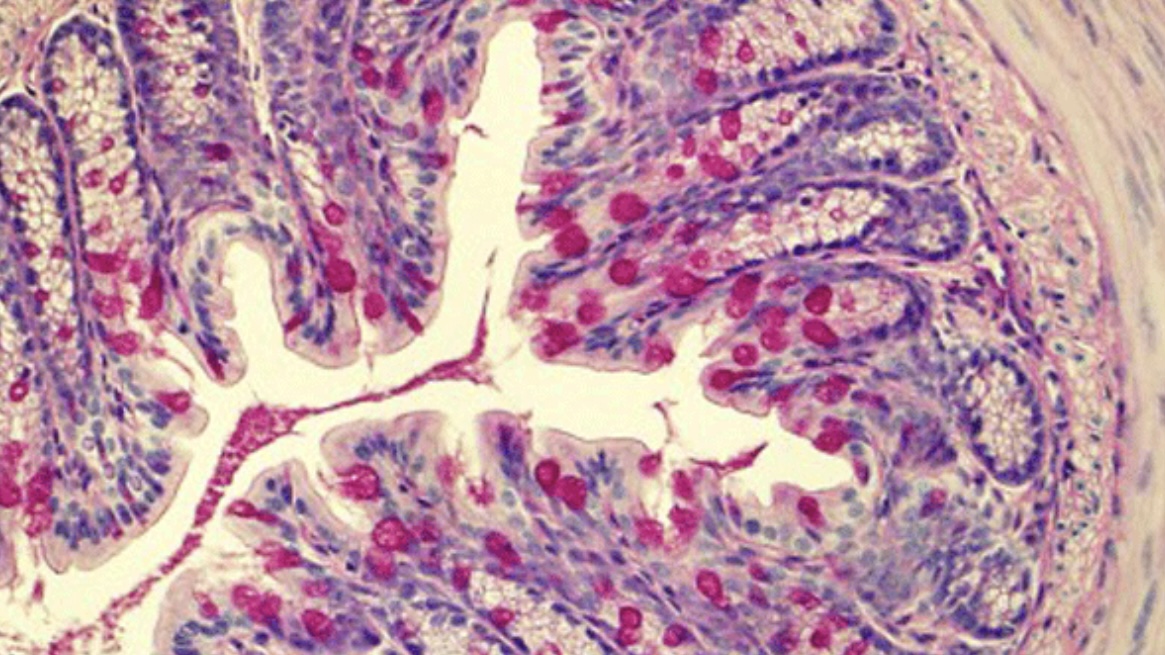
Ziehl-Neelsen Stain
The Ziehl-Neelsen stain, also known as the acid-fast stain, is a microbiological technique used to identify acid-fast bacilli, particularly Mycobacterium species such as Mycobacterium tuberculosis, the bacterium responsible for tuberculosis.
Principle
The Ziehl-Neelsen stain works based on the property of certain bacterial species that have waxy lipid substances (mycolic acid) in their cell walls. These lipids make the cells impervious to most stains unless treated with a vital dye and heat. The main steps involve staining the bacteria with a red dye (carbol fuchsin), which is then fixed into the cell with heat. Afterward, the slide is treated with a dilute acid-alcohol solution that decolorizes non-acid-fast cells. The acid-fast bacteria retain the red color, whereas other cells do not keep this dye and are counterstained with a blue or green dye to enhance contrast.
Method of Application
- Preparation: Smears prepared from the sample are air-dried and heat-fixed.
- Staining: The smears are covered with carbol fuchsin and heated until steam rises, usually 5 minutes, to allow the stain to penetrate the waxy cell wall.
- Decolorization: The smear is washed with water and decolorized with acid-alcohol until no more color runs off.
- Counterstaining: After rinsing with water, the smear is stained with methylene blue or malachite green for about 1 minute to stain non-acid-fast cells.
- Rinsing and Drying: Finally, the slides are rinsed in water, dried, and examined under a microscope.

- Figure Legend
This microscopic image demonstrates the effectiveness of the Ziehl-Neelsen staining technique:
- Red Rods: Represent acid-fast bacilli that retain the carbol fuchsin dye despite the acid-alcohol wash, indicative of their mycolic acid-rich cell walls.
- Blue Background: Non-acid-fast cells and background material are counterstained with methylene blue, providing a sharp contrast highlighting the presence of acid-fast organisms.





Leave a Reply